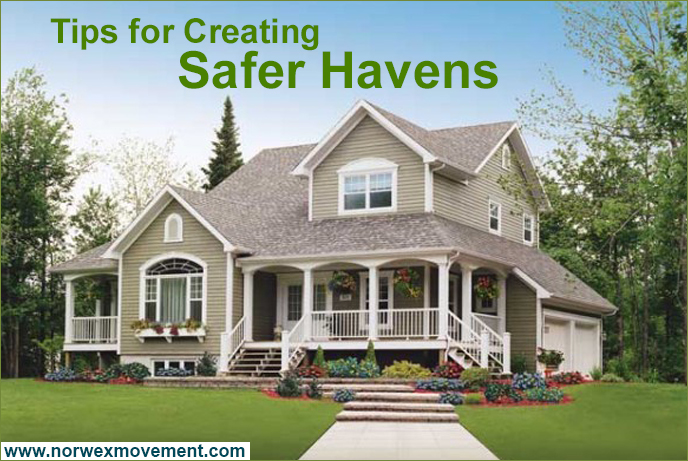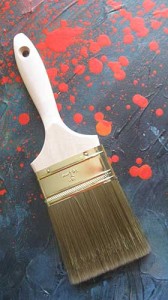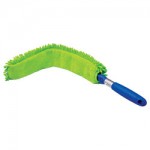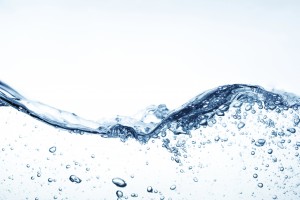

Social Media Badges: Show everyone your commitment to making your Home a Chemical-Free Zone by printing our Tags and use our social media badges to spread the word online! Post them on your Facebook page, your blog, or use them as your avatar anywhere to let everyone know that your Home is a Chemical-Free Zone!
Tips 11 – 15
Last week we shared Tips 6 – 10 of our Top 20 tips for ridding your home of chemicals and creating a safer haven. Here are five more tips for your arsenal in the Race Against Chemicals in the Environment.
 11. Be particular about paint. Most paints and finishes emit toxic gases called volatile organic compounds (VOCs) that can stay in your home for months, or even years. When shopping for paint, look for low- and zero-VOC paints. Avoid spray painting (or at least wear a mask) to prevent inhalation of toxic fumes and particles. If you live in a home built before 1978, you may have some lead-based paint on your walls. Contact your local health department to have a paint chip tested.
11. Be particular about paint. Most paints and finishes emit toxic gases called volatile organic compounds (VOCs) that can stay in your home for months, or even years. When shopping for paint, look for low- and zero-VOC paints. Avoid spray painting (or at least wear a mask) to prevent inhalation of toxic fumes and particles. If you live in a home built before 1978, you may have some lead-based paint on your walls. Contact your local health department to have a paint chip tested.
 12. Wipe out house dust. Not only does house dust aggravate allergies, it may contain more hazardous chemicals than you think. Ideally, replacing your carpets with wood, cork or tile would be a big help, but that’s not always feasible. Other options are ensuring that your vacuum has strong suction and a HEPA filter, so all that dust and dirt goes into the bag. If you do have carpet, vacuum at least twice a week. In addition, use air purifiers, dust all cooling and heating vents in your home with the Norwex Dusting Mitt or Envirowand and replace your air filters regularly.
12. Wipe out house dust. Not only does house dust aggravate allergies, it may contain more hazardous chemicals than you think. Ideally, replacing your carpets with wood, cork or tile would be a big help, but that’s not always feasible. Other options are ensuring that your vacuum has strong suction and a HEPA filter, so all that dust and dirt goes into the bag. If you do have carpet, vacuum at least twice a week. In addition, use air purifiers, dust all cooling and heating vents in your home with the Norwex Dusting Mitt or Envirowand and replace your air filters regularly.
13. Change your shower curtain! Chances are very good that it contains PVC, a chemical used to make plastic more flexible. This chemical has been linked to a host of health problems, including respiratory irritation, nausea and central nervous system damage. Use a greener alternative like ethylene vinyl acetate, which can be found online.
 14. Stop drinking bottled water. Bottled water may not be healthier. In fact, it’s not any safer than tap water. And the plastic bottles it comes in may contain harmful substances that are bad for your health, not to mention the waste they add to our landfills. In addition, tap water is much less expensive. Speaking of tap water . . .
14. Stop drinking bottled water. Bottled water may not be healthier. In fact, it’s not any safer than tap water. And the plastic bottles it comes in may contain harmful substances that are bad for your health, not to mention the waste they add to our landfills. In addition, tap water is much less expensive. Speaking of tap water . . .
15. Filter your drinking water. Depending on your water supply, tap water can still be a source of pollutants. Check your local municipality’s water quality report and consider using a filter for your water. There are many inexpensive carafe filters available on the market today.
Thank you for the great tips!
Great tips, we just filtered our drinking water, and are working on filtering our shower water next!